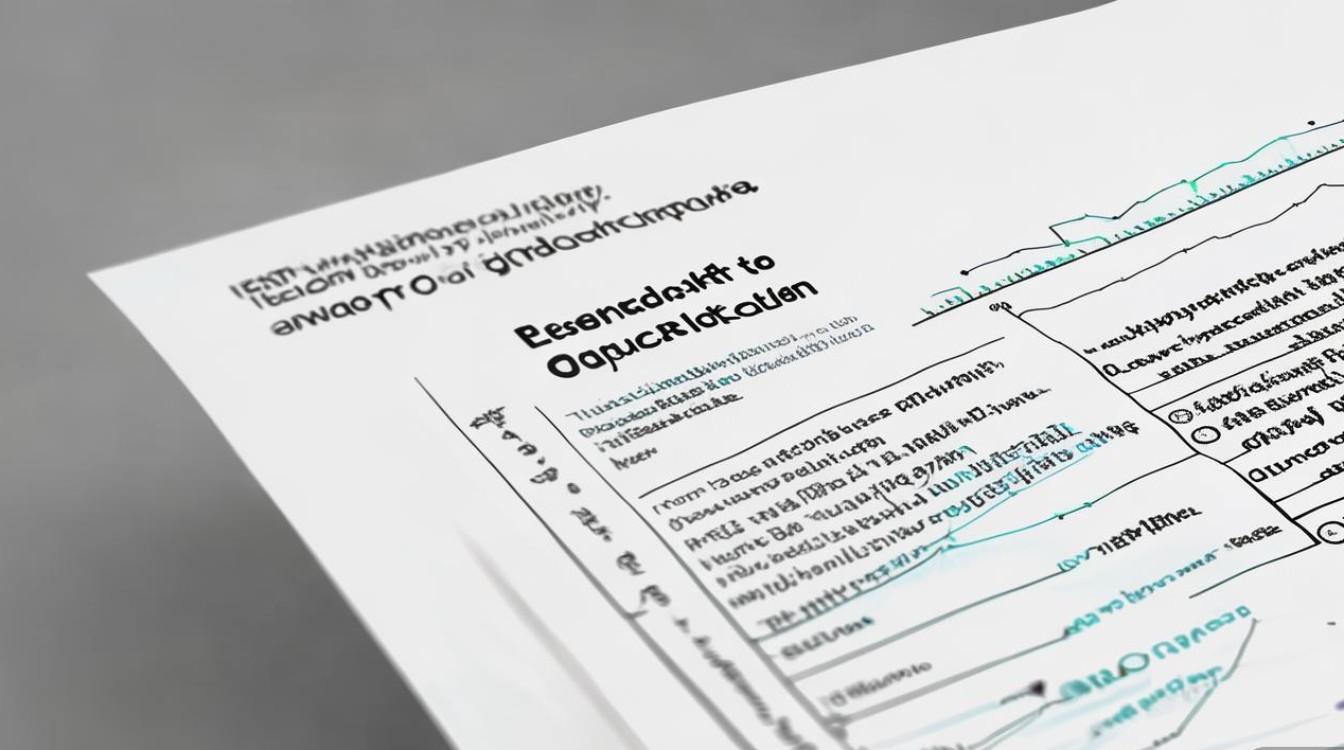雅思混合图表作文高分模板
第一部分:核心原则
- 先描述,后分析:第一段描述图表最显著、最重要的信息(Overview),第二、三段进行详细的数据对比和分析。
- 总-分-总结构:开头(总览),中间(分段详述),总结核心趋势/对比)。
- 动态 vs. 静态:混合图表通常包含动态图(线图、柱状图)和静态图(饼图、表格、流程图、地图),描述时要区分动态图的“变化”和静态图的“占比/分布”。
- 对比是关键:混合图表的核心在于比较,要找出不同图表之间的关联、差异和共同点。
第二部分:模板结构详解
第一段:引言 + 总体概述

- 功能:改写题目,给出图表最核心、最突出的1-2个总览信息。
- 句式:
- 改写题目:The provided charts/graphs illustrate/compare data regarding...
- 总览信息1:It is immediately apparent that [描述图表A最核心的趋势或最高/最低值]. Meanwhile, [描述图表B最核心的分布或占比].
- 总览信息2(可选):Overall, there are some notable similarities and differences between the two sets of data.
第二段:详述图表A(通常是动态图,如线图或柱状图)
- 功能:详细描述第一个图表的数据,突出主要趋势和关键数据点。
- 句式:
- 段落主题句:Focusing on the first chart, which is a [图表类型, e.g., line graph/ bar chart], we can observe several key trends.
- 描述主要趋势:
- 线图:The number of [A] experienced a significant fluctuation over the period shown. It started at [数值] in [年份], before peaking at [峰值] in [年份], and then declined to [终值] by the end.
- 柱状图:In terms of [A], there was a noticeable increase from [数值1] to [数值2] between [年份1] and [年份2]. However, [B] witnessed a slight decrease during the same period.
- 对比或补充细节:This trend was in stark contrast to the pattern of [B], which remained relatively stable.
第三段:详述图表B(通常是静态图,如饼图或表格)并建立联系
- 功能:详细描述第二个图表的数据,并将其与第一个图表进行对比或关联分析。
- 句式:
- 段落主题句:Turning to the second chart, which is a [图表类型, e.g., pie chart/ table], the data presents a different picture concerning [图表主题].
- 描述静态图数据:
- 饼图:The pie chart reveals that [A] accounted for the largest proportion at [百分比], followed by [B] at [百分比]. In contrast, [C] made up the smallest share, at only [百分比].
- 表格:As can be seen from the table, [A] had the highest figure in [年份], reaching [数值]. Conversely, [B] recorded the lowest number, which was [数值].
- 建立与图表A的联系(这是高分关键!):
- 关联:This suggests a potential correlation between [图表A的现象] and [图表B的现象]. For instance, the rise in [图表A中的某个因素] might be directly linked to the dominance of [图表B中的某个部分].
- 对比:This is a stark contrast to the trends observed in the first chart, where [简述图表A的趋势] was the main feature.
第四段:总结
- 功能:重申核心对比,升华主题,不引入新数据。
- 句式:
- 总结核心对比:In conclusion, while the first chart highlights the dynamic changes in [主题A] over time, the second one provides a static snapshot of the distribution of [主题B] in a specific year.
- 重申关键联系/差异:To summarize, the data from both charts collectively suggest that [用一句话概括图表间最重要的关系或整体结论].
第三部分:实战演练范例
** The charts below show the number of Japanese tourists traveling abroad between 1985 and 1995 and the pie chart shows the proportion of Australian tourists by country of origin in 1999.
图表分析:
- 图表A:线图,1985-1995年日本出国旅游人数,趋势:显著增长。
- 图表B:饼图,1999年澳大利亚游客的来源国构成,主体:新西兰和英国占大头。
- 潜在联系:日本出国旅游人数在90年代激增,而澳大利亚在90年代末是热门旅游目的地之一。
使用模板写作
第一段:引言 + 总体概述
The provided charts illustrate data regarding international tourism. The line graph details the number of Japanese tourists traveling abroad over a decade from 1985 to 1995, while the pie chart shows the country of origin for tourists in Australia in 1999. It is immediately apparent that the number of Japanese tourists abroad increased dramatically during the period, with Australia being a significant destination for international visitors, primarily from New Zealand and the UK.
第二段:详述图表A(线图)
Focusing on the line graph, we can observe a clear upward trend. The number of Japanese tourists traveling abroad started at just under 5 million in 1985. This figure then experienced a steady and substantial increase, reaching a peak of approximately 12 million by 1995. This represents a more than twofold growth over the ten-year period, indicating a significant rise in the popularity of overseas travel among Japanese people.
第三段:详述图表B(饼图)并建立联系
Turning to the pie chart, which illustrates the origins of tourists in Australia in 1999, the data presents a snapshot of the country's key source markets. New Zealanders constituted the largest group of tourists, accounting for 19% of the total. This was followed closely by visitors from the United Kingdom, who made up 14% of all tourists. While the pie chart does not provide data for Japanese tourists specifically, the significant growth in Japanese outbound travel shown in the first chart strongly suggests that they also formed a considerable portion of Australia's tourist market in the late 1990s.
第四段:总结
In conclusion, while the line graph highlights the dynamic growth of Japanese outbound tourism over a specific decade, the pie chart provides a static view of Australia's diverse tourist base in 1999. To summarize, the data collectively demonstrates that Australia was a highly attractive destination for international travelers in the late 1990s, benefiting significantly from the growing travel markets of countries like Japan, New Zealand, and the UK.
第四部分:高分词汇与短语
- 描述趋势 (动态图):
- 上升: increase, rise, grow, surge, soar, climb, jump, leap
- 下降: decrease, decline, fall, drop, dip, plummet, slump
- 波动: fluctuate, vary, oscillate
- 稳定: remain stable, stay constant, level off, plateau
- 描述数据 (静态图):
- 占比: account for, constitute, make up, represent, comprise
- 数量: figure, number, amount, statistic
- 对比: in contrast, on the other hand, conversely, while, whereas
- 建立联系:
- 表明: suggest, indicate, reveal, demonstrate, show
- 关联: correlation, link, connection, relationship
- 可能的原因: This may be attributed to..., This could be due to...
- 总结性词语:
- Overall, In general, Generally speaking
- In conclusion, To summarize, In a nutshell
- 对比: By contrast, In comparison
温馨提示
- 灵活运用:模板是骨架,你需要根据具体题目填充血肉,不要生搬硬套,要根据图表的实际信息调整句式和词汇。
- 数据选择:不要罗列所有数据,选择最有代表性的(最高点、最低点、起点、终点、显著变化点)。
- 字数控制:Task 1要求150词以上,建议写到180-200词,确保有足够空间进行描述和分析。
- 检查语法:注意主谓一致、时态(描述过去用一般过去时,描述图表











